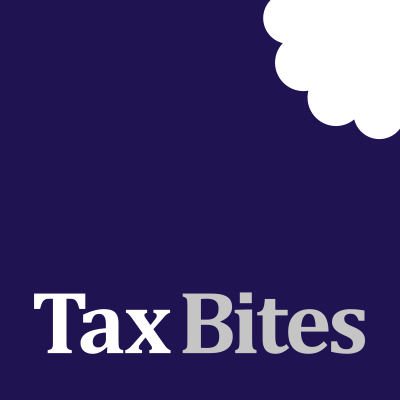
HMRC’s stamp duty land tax (SDLT) consultation
11th January 2022
Posted in Articles, Property Tax, Stamp Duty, Stamp Duty Land Tax by Andrew Marr
The issue
On 30 November 2021 HMRC published a consultation document which suggests options for changing certain aspects of the current SDLT rules which they think are open to abuse.
Mixed SDLT rates v residential rates
It is generally more favourable to have mixed (or commercial) rates applied to a property transaction, rather than residential rates because mixed rates are much lower. Mixed rates have a top SDLT rate of 5% over £250,000, whereas for residential rates the top rate is 12% over £1.5m (which can increase to 15% or even 17% if certain surcharges apply).
The rules are currently surprisingly ‘generous’ because even if a transaction has a small amount of non-residential land, then the whole transaction is subject to non-residential rates. Unsurprisingly this has led to lengthy debates between taxpayers and HMRC over what constitutes non-residential land (although even HMRC seem to accept that land which is formally leased to a farmer qualifies).
Put simply, HMRC are not happy with the large reduction in SDLT which can arise by a small piece of non-residential land being included in a transaction and they are therefore suggesting ways to counter this. They have put forward two alternatives:
1. An apportionment approach whereby rates would be apportioned by reference to the subject matter of a transaction.
2. A threshold approach whereby mixed rates could only be used if a certain percentage (maybe 50%) of the transaction includes non-residential property.
Multiple Dwelling Relief (MDR)
MDR applies when more than one dwelling is included in a transaction and applies by calculating SDLT on the average value of the dwellings and then multiplying by the number of dwellings. This can save significant SDLT by duplicating the availability of lower value SDLT rates. HMRC seem frustrated by cases where private buyers make spurious claims about the existence of additional dwellings (and they don’t seem too happy about the valid claims being made!). In light of this, they have put forward four alternatives:
1. Only allow MDR when all dwellings are purchased for ‘qualifying business use’ (e.g. letting).
2. Only allow MDR in respect of dwellings which are purchased for ‘qualifying business use’ (e.g. letting).
3. Exclude ‘subsidiary dwellings’ from being dwellings for MDR purposes. This would tie in with an existing relief for these dwellings from the 3% surcharge.
4. Only allow MDR for three or more dwellings.
Forbes Dawson view
Clearly, if any of these proposals go through then the SDLT landscape will change significantly. Although more SDLT would end up being payable, it would almost be refreshing to draw a line in the sand and get some clarity, rather than the current situation where HMRC (and sometimes the courts) seem hell-bent on getting the result that they think should apply, rather than the result which is dictated by the legislation. However, although HMRC suggest that there are many spurious SDLT reclaims being made, they (understandably) downplay the high number of valid reclaim opportunities which are still out there because of taxpayers who have either wrongly applied residential rates, or who have failed to claim MDR when an additional dwelling is involved. It will be interesting to see the outcome of this consultation.



